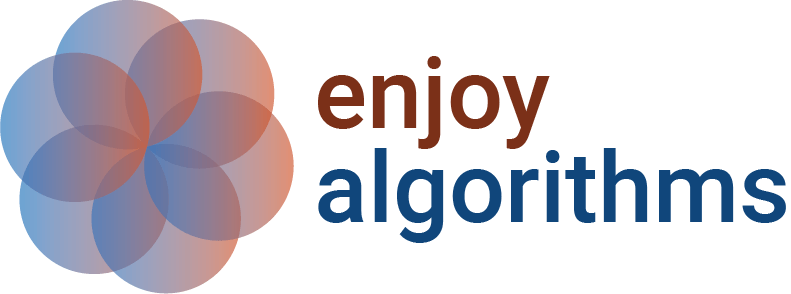Enjoy Computer Science
Subscribe to get well-designed content on data structures and algorithms, machine learning, system design, and OOP design.
Industry
Interview
Interest
Coding Interview
OOP Concepts
☆ 16-week live DSA course
☆ 16-week live ML course
☆ 10-week live DSA course
Recently Published/Updated
We design interview and industry-centric content with in-depth explanations and help learners develop a dedicated interest in computer science, coding, mathematics, and problem-solving. Enjoy learning, enjoy thinking.
